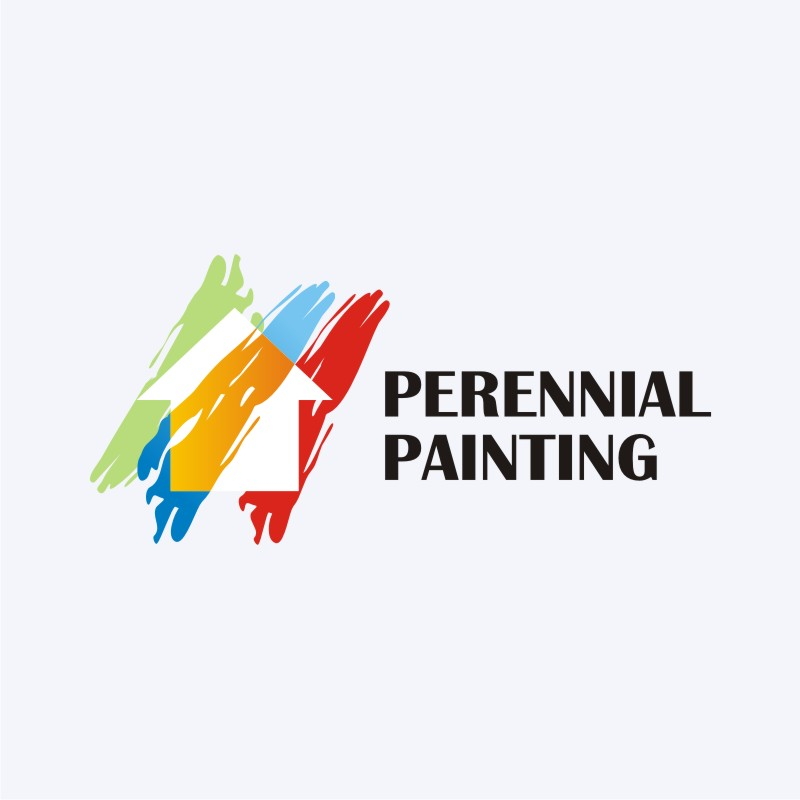Prepare Your Wall Surfaces For Painting With Necessary Tips And Techniques That Promise A Remarkable Coating-- Find The Crucial Steps To Raise Your Project
Prepare Your Wall Surfaces For Painting With Necessary Tips And Techniques That Promise A Remarkable Coating-- Find The Crucial Steps To Raise Your Project
Blog Article
Created By-Grace Pacheco
When you're prepping your wall surfaces for painting, it's essential to adhere to a methodical process to ensure a remarkable surface. Start by taking a look at the wall for any kind of damages; this step can make or damage your job. When you have actually identified any problems, cleansing the surface area properly is crucial, as an unclean wall can affect paint bond. Afterwards, you'll require to patch any type of blemishes and use a primer. However there specify strategies and ideas that can boost your prep work game-- let's discover those further to accomplish the best results.
Assessing Wall Surface Condition
Before you grab your paintbrush, take a minute to evaluate your walls' condition. Look for any noticeable damage like cracks, holes, or peeling paint. These blemishes can impact exactly how the paint adheres and looks once it's completely dry. If you discover any type of substantial damage, you'll need to focus on repairs prior to diving right into paint.
Look carefully at the texture of your wall surfaces. Is the surface area smooth, or is there texture that might call for unique consideration? Smooth wall surfaces generally require less preparation, while distinctive surfaces may need more time to repaint uniformly.
Additionally, think about the previous paint task. If the old paint is shiny, it mightn't permit brand-new paint to stick properly. You'll want to know if your wall surfaces have been repainted with oil-based or water-based paint, as this can affect your option of primer or paint.
Finally, keep in mind of any type of wetness problems. If you see signs of water damage or mold and mildew, address these problems right away to stop more issues.
Cleaning the Surface
Once you have actually examined the problem of your wall surfaces, the next action is cleansing the surface. Begin by collecting your materials: a pail, cozy water, a light detergent, a sponge or towel, and a scrub brush for harder areas.
Begin on top corner of the wall surface and work your method down. Mix the cleaning agent with warm water in your bucket, then dip the sponge or towel into the solution. Wring it bent on avoid extreme wetness on the wall surfaces.
As you clean, pay close attention to areas that might've collected dust, grease, or fingerprints. For stubborn spots, utilize the scrub brush delicately to avoid damaging the paint under. Rinse your sponge or towel often in tidy water to prevent spreading out dirt around.
After cleaning, it's vital to wipe the wall surfaces with a damp fabric to get rid of any soap deposit. This step ensures a smooth surface area for the brand-new paint to abide by.
Allow the wall surfaces to dry completely prior to carrying on to the following preparation actions. This thorough cleansing process will certainly help create a fresh canvas for your paint task, ensuring the best outcomes.
Patching and Priming
Patching and priming are vital action in preparing your walls for a fresh layer of paint. Initially, evaluate your wall surfaces for any type of holes, cracks, or imperfections. Use a top quality spackling substance or patching paste to load these locations.
Apply the substance with a putty knife, smoothing it out so it's flush with the bordering surface. Allow https://residential-painters-near54310.blogdeazar.com/33427967/from-drab-to-fab-changing-your-area-with-a-pop-of-color to completely dry entirely, and afterwards sand it gently until it's smooth and even.
When you've covered everything, it's time to prime. Guide assists seal the patched areas, guaranteeing the paint adheres properly and provides an uniform coating. Choose a primer appropriate for your wall surface type and the paint you'll be using.
Apply the guide making use of a roller for bigger locations and a brush for corners and sides. If your covered locations are considerably big or permeable, you may wish to use a 2nd layer of guide after the very first one dries out.
After priming, allowed everything dry thoroughly prior to going on to paint. This prep work won't only improve the appearance of your walls however likewise lengthen the life of your paint work.
Take your time, and you'll be pleased with the outcomes.
Conclusion
By following these basic actions, you can attain a smooth and expert coating on your wall surfaces. Begin by assessing their problem, after that tidy and patch any type of imperfections before using guide. https://www.forbes.com/home-improvement/painting/how-long-does-paint-last/ in mind to enable ample drying out time and guarantee every little thing is smooth before you dive into painting. With the right prep work, you'll establish the stage for a beautiful change in your area. Currently, gather your materials, breathe in the fresh air, and prepare yourself to repaint!
